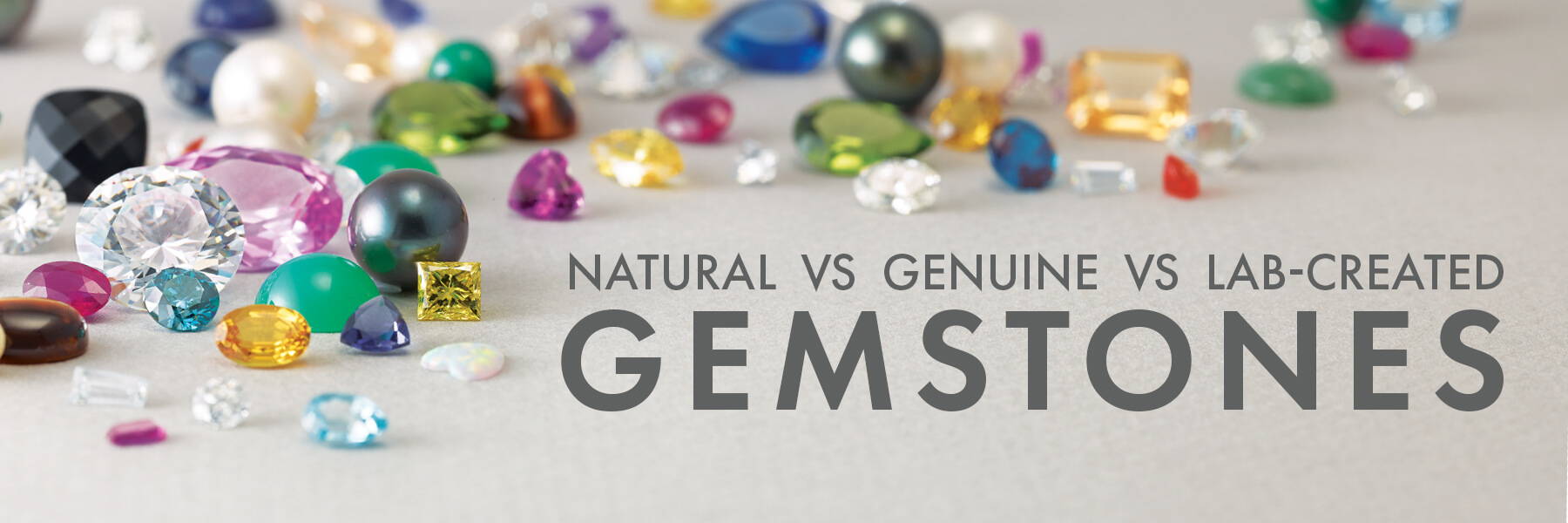The world of jewelry is filled with necklaces, rings, earrings and other unique items crafted using a rainbow of gorgeous gemstones. Some are created with natural stones while others are fashioned with man-made alternatives, some of which are superior in brilliance and appearance than the real deal. It’s important to keep in mind that high-quality, man-made stones are not always created in an effort to deceive. And, just because a gemstone is lab-created, it shouldn’t be viewed as low-quality. If you're new to navigating the world of fine jewelry, engagement rings, or birthstones, keep reading to find out why!
The most common terms used to describe gemstones, many of which are synonymous of one another, include:

